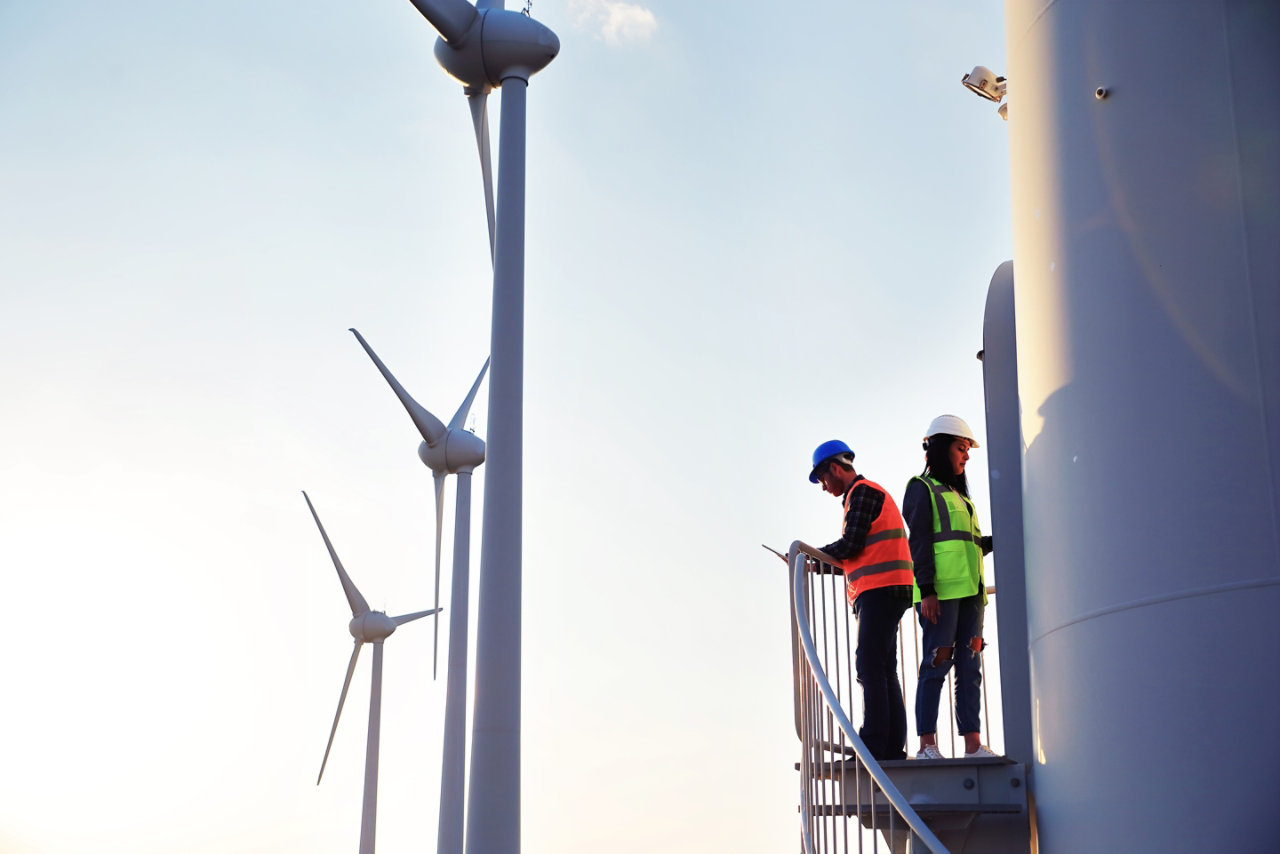As organisations work towards their net zero targets, decarbonisation efforts are becoming increasingly critical across all operations, including IT. For CIOs and CTOs, the drive for innovation and efficiency often means high energy consumption, particularly in network infrastructure and devices, which can significantly increase costs and carbon emissions. With the growing reliance on technologies like AI and machine learning, this energy demand is only set to rise, putting even more pressure on IT departments to address their environmental impact.
For many organisations, their IT and network infrastructure are among the largest electricity consumers, accounting for an average of 10% in commercial buildings, according to a 2018 Commercial Buildings Energy Consumption Survey final results from U.S. Energy Information Administration. Identifying ways to reduce energy consumption can help organisations reduce their carbon footprint.
One solution that stands out in this effort is SD-WAN, which modernises networks and optimises energy use. Our analysis shows that organisations can significantly reduce their Scope 2 emissions, (the indirect greenhouse gas emissions from a company's purchased electricity, steam, heating and cooling consumption) by adopting SD-WAN, making IT infrastructure more sustainable. We’re committed to helping organisations make informed, energy-efficient choices as part of their network transformation, ensuring that sustainability is a key driver in their IT strategy as they evolve.
Drive improved efficiencies with SD-WAN
There are three main ways SD-WAN can support increased sustainability:
1. Virtualisation
SD-WAN can virtualise physical network components in the cloud, helping deliver higher energy efficiency per device. Global Fabric, our high-capacity, fully programmable network, is built with state-of-the-art equipment that offers efficiency, sustainability and resilience improvements. We estimate that, when fully rolled out, read the full BT wraps multi-cloud in a new Global Fabric BT Newsroom article. This means customers on the new network can reduce their Scope 3 carbon emissions - the indirect greenhouse gas emissions that occur throughout a company's value chain, both upstream and downstream.
2. Less power-hungry
SD-WAN architecture consolidates multiple devices into one appliance, reducing hardware and electronic waste. This can reduce an organisation’s embodied carbon emissions and e-waste.
3. Observability
SD-WAN enhances network visibility and optimises network management, lowering energy use and wastage and decreasing the organisation’s carbon footprint.
It’s clear that SD-WAN has robust sustainability credentials, but any experienced IT professional’s next question is bound to be: “How much energy can I save in practice?”
An energy and carbon impact assessment shows energy savings of 75%*
Using an energy and carbon impact assessment, our team measured the annual energy savings achieved by upgrading traditional equipment to SD-WAN. The results showed a 75% reduction in annual energy consumption and Scope 2 emissions.
In summary, comparing the performance of traditional equipment to the average annual energy consumption of a range of SD-WAN devices, the data showed**:
- annual energy savings of 3,679kWh per device
- annual carbon savings of 1665kgCO₂e per device.
Calculate the value to your organisation and monitor it in real-time
Choosing more energy-efficient solutions is key to decarbonising an organisation’s IT carbon footprint, but measuring and monitoring emissions can be challenging. This is where our Digital Carbon Calculator comes into play. It’s designed to enable organisations to track their carbon emissions over time.
The Digital Carbon Calculator is an easy-to-use tool that provides detailed carbon emission estimates for the entire inventory, streamlining performance and reducing overall environmental impact. The service makes estimating carbon emissions immediately and tracking changes easy. The extended service can refine estimates with automated discoveries and prioritise transformation with lifecycle information and enhanced reporting features. This means measuring network’s carbon emissions before and after installing SD-WAN is simple.
Our Carbon Network Dashboard further enhances sustainability monitoring. The dashboard gives a real-time view of devices’ power consumption and carbon emissions information. It uses machine learning to detect and predict anomalies based on historical usage, including which network devices consume the most power. It can also forecast total energy use based on the network inventory and historical utilisation. To help understand how electricity consumption translates into carbon emissions, the dashboard overlays data from regional power grids showing their carbon intensity. With this richer and more detailed data, an organisation can monitor, maintain and operate in-life networks, decide when to run workloads over the network to minimise carbon impact, identify and prioritise replacing carbon-intensive devices and accurately report real-time energy performance data.
Choose a more energy-efficient future
We have a wealth of experience designing, building and delivering solutions to the world’s largest multinational organisations, and we’ll bring that expertise and heritage to creating an SD-WAN provision tailored to your needs. Also, since we’re vendor-neutral, you’ll have a wide choice of suppliers from our partner ecosystem to help you maximise your energy reductions further.
In addition to our SD-WAN device offering, customers can further reduce their energy consumption through our high-capacity network, designed to be more energy efficient and consume less power.
Talk to your account manager today to scope out how we can help you modernise your network and reduce your carbon footprint.
*Annual energy saving based on comparing average energy consumption (kWh/year) of traditional equipment vs. average energy consumption (kWh/year) of SD-WAN device (average/typical power consumption of devices based on data provided in product datasheets, which looks at high and low usage customer). Actual implementation may vary depending on the customer’s environment.
**Results may vary depending on implementation in the customer’s environment and usage levels.


